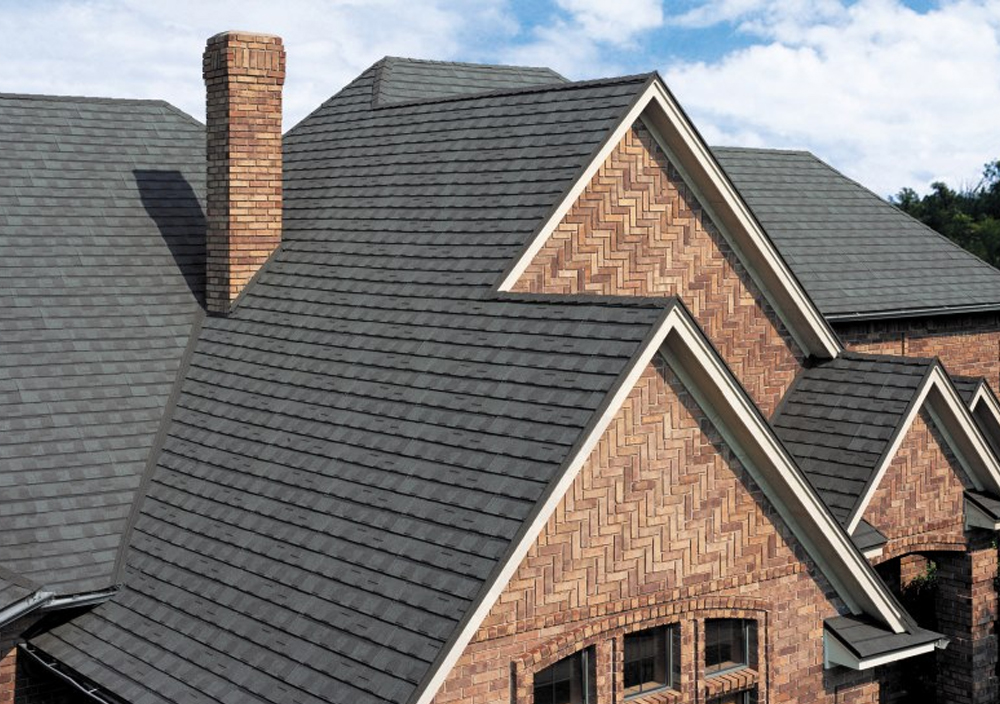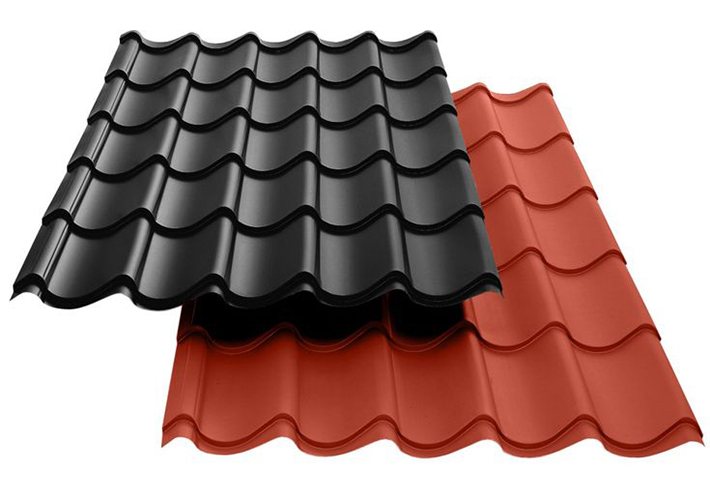Solar roof tiles, also known as solar shingles or photovoltaic (PV) roof tiles, are designed to resemble conventional roofing materials such as asphalt shingles, slate, or tile, but they have integrated solar cells that convert sunlight into electricity. These tiles serve a dual purpose: they protect the roof like traditional roofing materials while also generating renewable energy.

Solar roof tiles are typically made of durable materials like tempered glass, and they come in various designs to match different architectural styles. They are interconnected to form a solar array that can harness sunlight to generate electricity for residential or commercial buildings. This technology offers a more aesthetically pleasing alternative to traditional solar panels mounted on top of existing roofs, blending seamlessly into the overall look of the building.
Here are more details about solar roof tiles:
- Design and Appearance: Solar roof tiles are designed to mimic the appearance of traditional roofing materials such as asphalt shingles, slate, or clay tiles. They come in various colors and textures to match different architectural styles and preferences. This aesthetic integration makes them more visually appealing compared to traditional solar panels.
- Construction: Solar roof tiles are typically made from durable materials like tempered glass, which is able to withstand various weather conditions including hail, rain, and wind. Beneath the glass surface, there are photovoltaic cells (solar cells) that capture sunlight and convert it into electricity.
- Installation: Installation of solar roof tiles involves integrating them into the roofing structure during the initial construction or re-roofing process. They are interconnected to form a solar array, and the electrical wiring is concealed within the roofing system for a seamless appearance. This integration requires expertise to ensure both functionality and aesthetic appeal.
- Efficiency and Performance: Solar roof tiles have comparable efficiency to traditional solar panels in converting sunlight into electricity. The actual efficiency depends on factors such as the quality of the solar cells used, orientation of the roof, and local weather conditions. Advances in technology continue to improve the efficiency and cost-effectiveness of solar roof tiles.
- Benefits:
- Energy Savings: Solar roof tiles generate electricity from sunlight, reducing dependence on grid power and potentially lowering electricity bills.
- Aesthetics: They blend into the roof design, maintaining or even enhancing the curb appeal of the property.
- Environmental Impact: By harnessing renewable energy, solar roof tiles help reduce carbon emissions associated with electricity generation from fossil fuels.
- Longevity: High-quality solar roof tiles are designed to last as long as traditional roofing materials, providing durable protection and energy generation over their lifespan.
- Cost Considerations: Solar roof tiles generally have a higher upfront cost compared to traditional roofing materials or standard solar panels. However, this cost may be offset by savings on energy bills and potential incentives or rebates offered for renewable energy installations.
- Maintenance: Solar roof tiles require minimal maintenance beyond regular roof inspections and cleaning. They are designed to be durable and weather-resistant, with warranties typically covering both the roofing and solar performance aspects.

Overall, solar roof tiles represent a sustainable and visually appealing option for homeowners looking to invest in renewable energy solutions while maintaining the aesthetics and functionality of their roofs.
For more information, you can contact us anytime!





